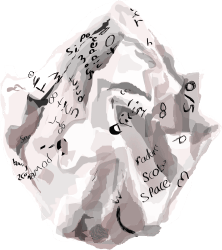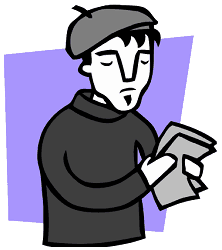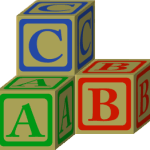
Here’s a type of poem that absolutely anybody can write, even if you’re sure that you have no idea how to write a poem. That’s because it’s a poem about not being able to write a poem! You won’t even have to think up a title for this poem, since you can use the very first line as the title.
The key to success in writing this type of poem is to let your imagination go wild. Your poem might start off with an ordinary excuse, but as the poem goes on, the excuse can get crazier and crazier.
Here are a few different first lines you could use to begin your poem:











